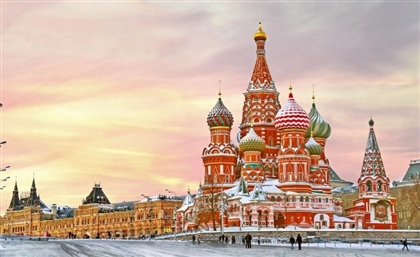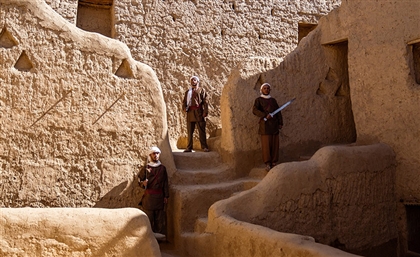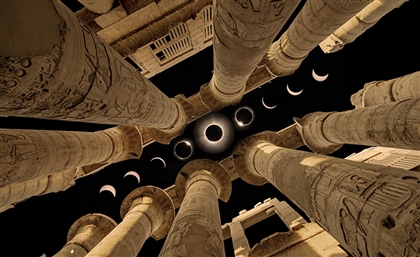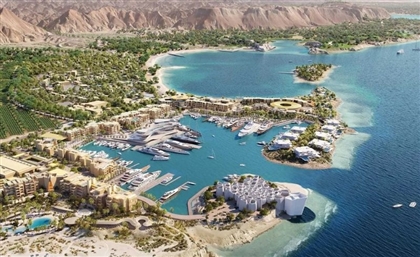This Saudi Volcano Field Has Guarded Ancient Secrets for 7,000 Years
Saudi Arabia’s wildest volcanic frontier—black lava fields, white craters, and landscapes that feel more Martian than earthly.

It starts as a shift in the ground beneath your wheels—flat, golden desert giving way to something darker, fractured, and strange. Then, on the horizon, a landscape unlike anywhere else in the Arabian Peninsula emerges. This is Harrat Khaybar, a volcanic field so vast and stark that it seems more like a lost world than a place on any modern map.
Stretching for 12,000 square kilometers, the terrain is a scorched expanse of black basalt, broken by towering volcanic cones and ancient lava flows that have hardened into eerie, wave-like formations. At its core stand three giants—Jabal Abyad, Jabal Bayda, and Jabal Qidr—each bearing the marks of the Earth’s violent past.
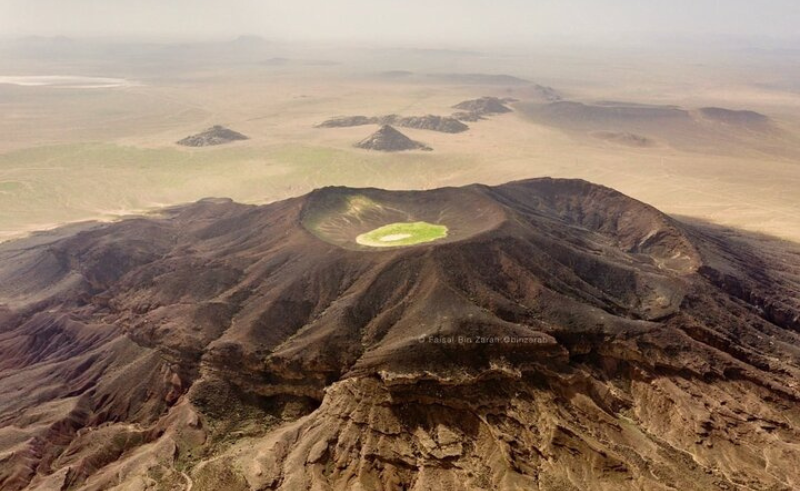
Jabal Abyad—the ‘White Mountain’—is the tallest volcano in Saudi Arabia. Unlike its neighbors, its slopes are coated in silica-rich ash, giving it a ghostly glow that looks almost unnatural against the surrounding darkness.
Nearby, Jabal Bayda, another pale volcanic cone, adds to the striking contrast, creating one of the few places on Earth where black and white lava meet in a surreal collision of color and texture.
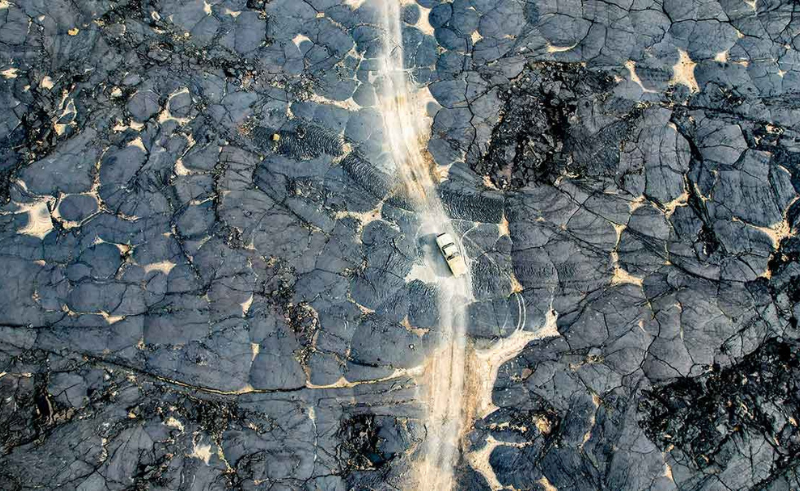
Then there’s Jabal Qidr, a towering black stratovolcano with a crater that seems frozen in mid-eruption, as if time simply stopped before the final explosion. From above, it is a textbook-perfect volcano—steep, symmetrical, and still commanding the barren landscape around it.
But the real secrets of Harrat Khaybar lie beneath the surface.
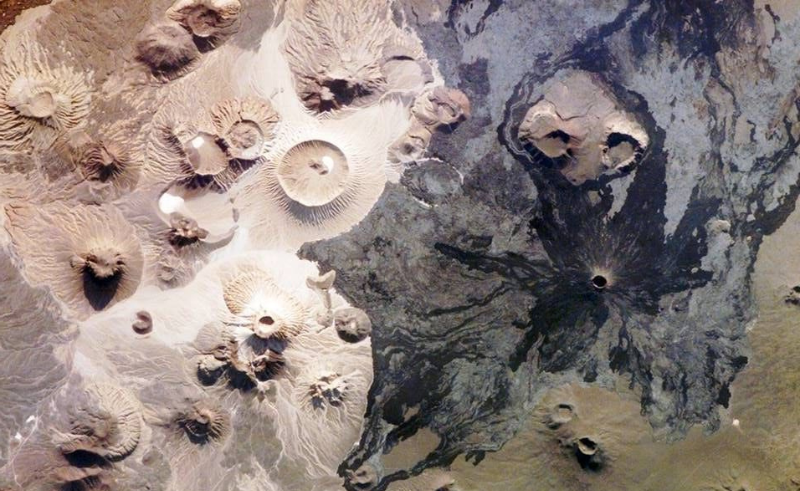
Hidden within its depths are some of the longest lava tubes in Saudi Arabia, natural tunnels formed by the collapse of molten rivers. The Umm Jirsan lava tube, the country’s longest known lava tunnel at 1.5 kilometers, has been home to one of nature’s most resourceful scavengers for millennia—striped hyenas have used this underground system as a den for nearly 7,000 years, dragging animal and even human remains into its depths.
And then there are the desert kites—vast geometric rock formations that seem to serve no clear purpose. Some say they were used for hunting; others believe they held ritual significance. What is certain is that they are among the oldest human-made structures in the region, standing in silent defiance of the passage of time.
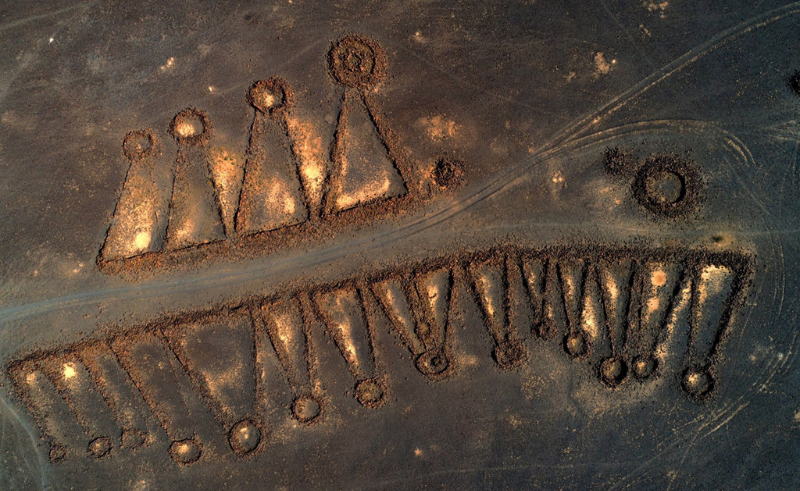
For now, Harrat Khaybar remains one of the last truly wild places in Saudi Arabia. There are no roads guiding travelers into its depths, no visitor centers explaining its history. The silence here is absolute—no wind through canyons, no rush of water, just the weight of a place where time itself feels suspended.
Exploring it requires commitment. A 4x4 is essential, and those who venture in must be prepared for the rawness of an untamed landscape. But for those who do, the reward is an experience unlike any other—a journey through a land still ruled by fire, even if the flames have long since gone cold.
- Previous Article Emirates Now Delivers Packages Worldwide & in Record Time
- Next Article Six Unexpected Natural Wonders to Explore in Egypt




